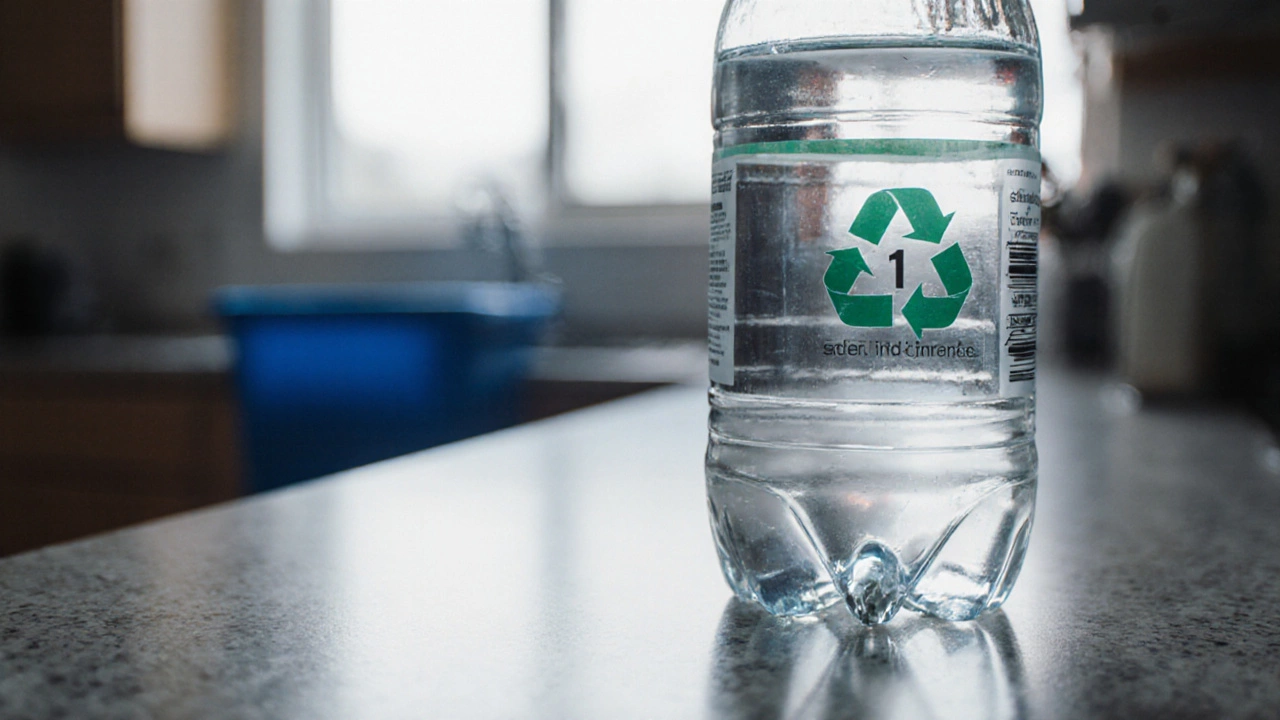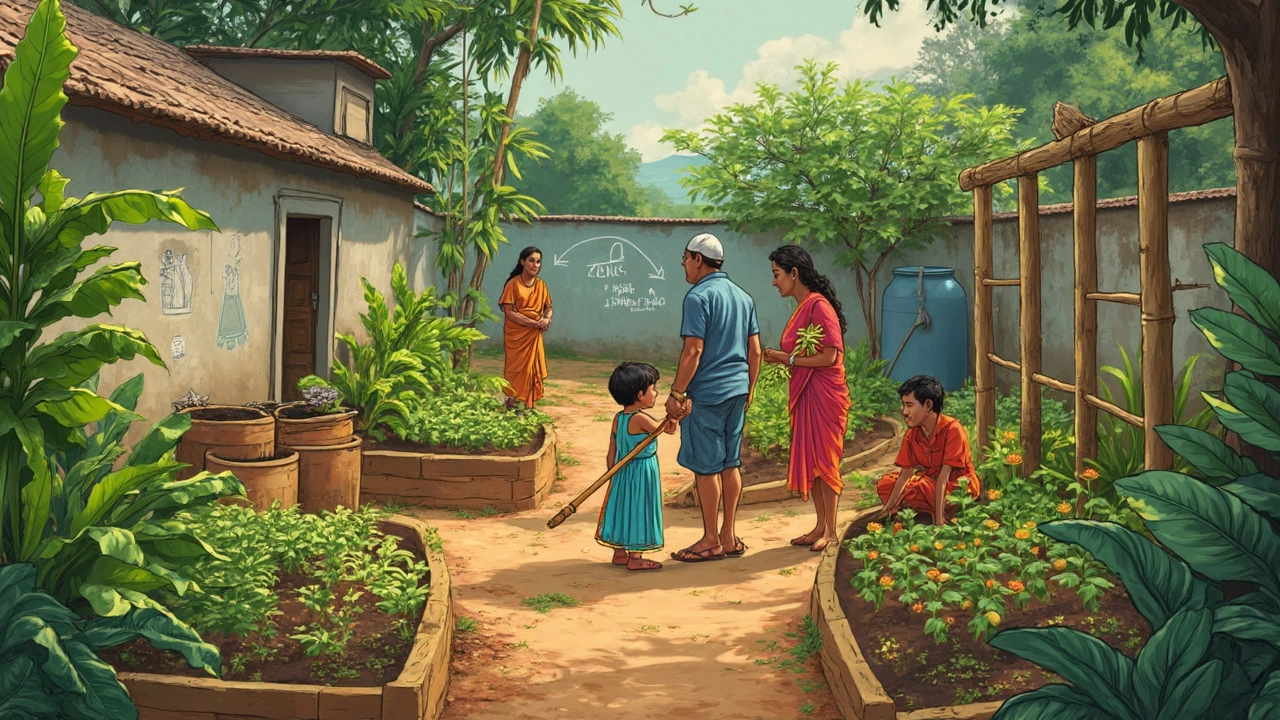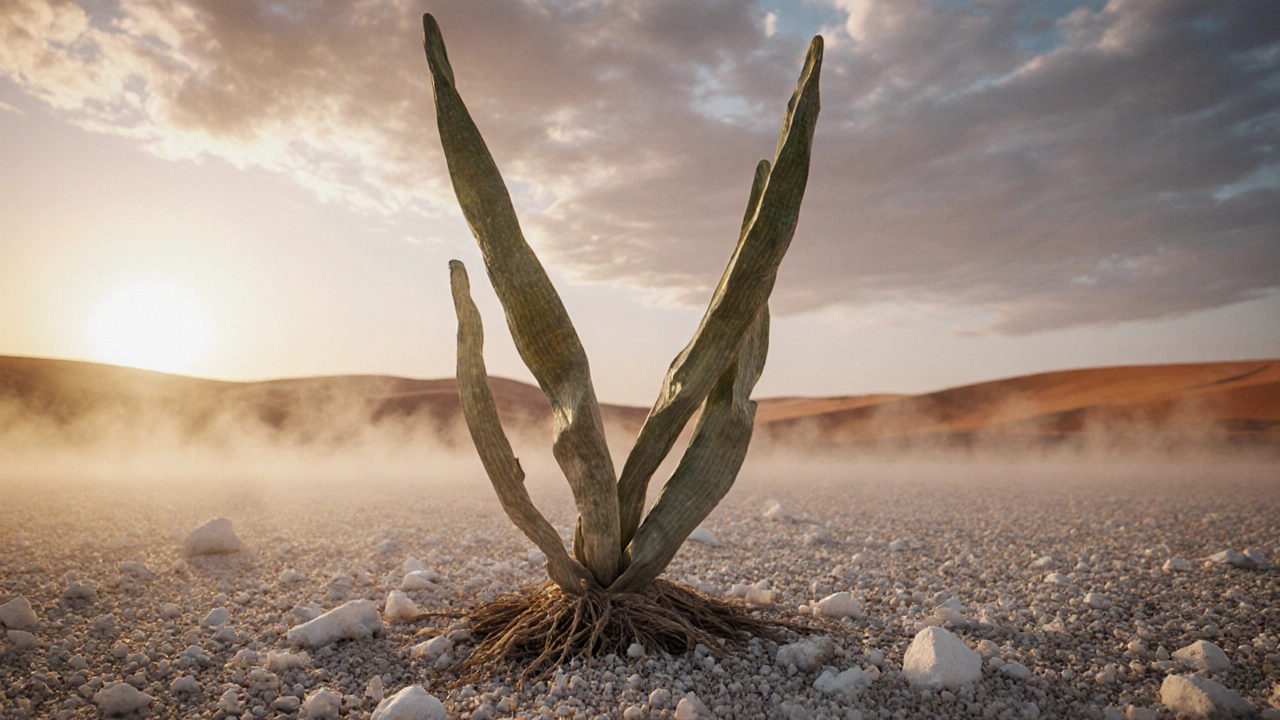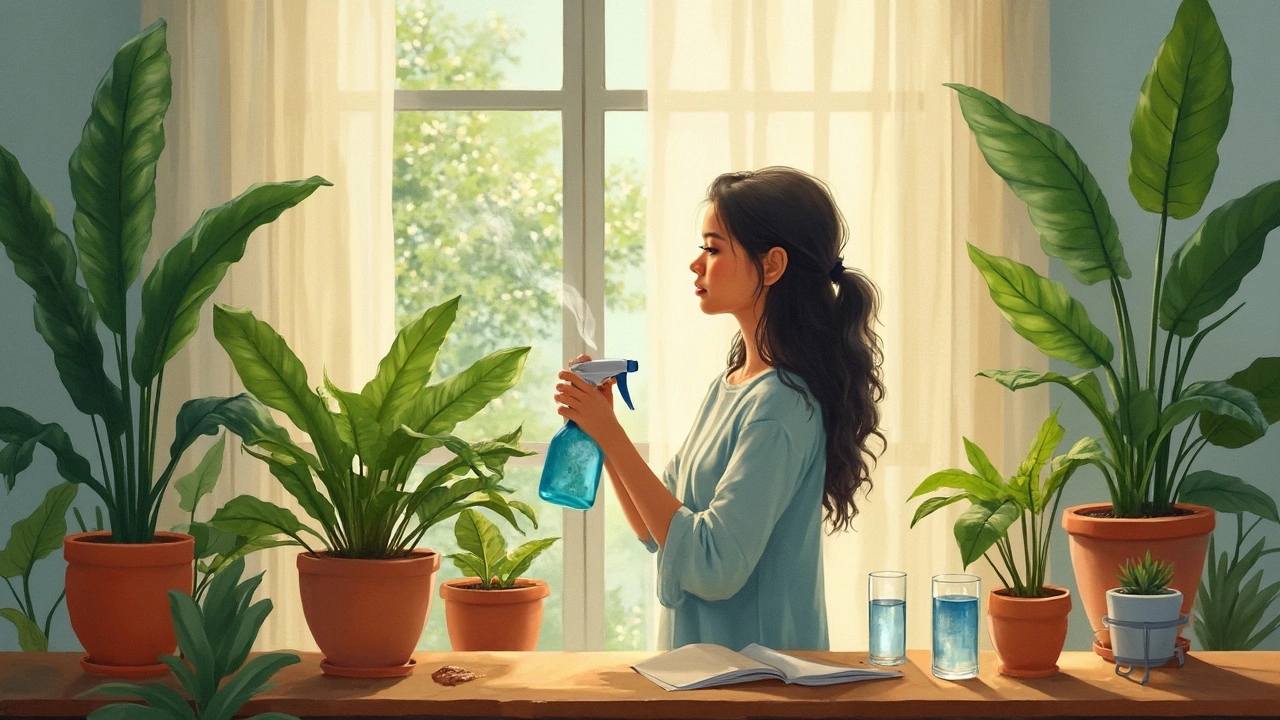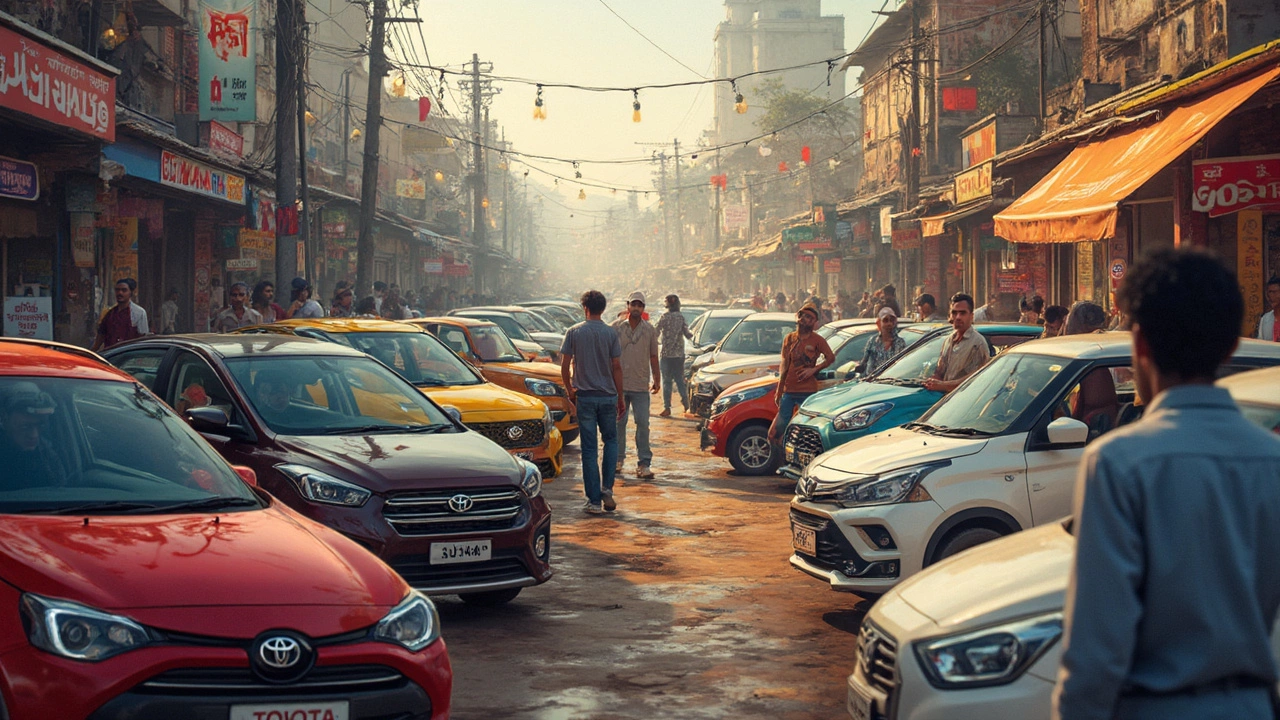Plastic Recycling Number 1
When talking about plastic recycling number 1, the leading practice for turning post‑consumer waste into high‑value material. Also known as top‑ranked plastic recycling, it fuels a circular economy, a system where resources stay in use for as long as possible. This approach relies on recycled PET, purified polyester recovered from bottles and trays and other key polymers.
Plastic recycling number 1 is more than a buzzword; it represents the most effective methods used across India’s manufacturing and agriculture sectors. The first step is a robust collection network that separates PET, HDPE, PP and other polymers at the source. Efficient sorting plants then turn mixed waste into clean streams, which directly supports the demand for recycled material in 2025. In short, plastic recycling number 1 encompasses collection, sorting and reprocessing—a complete loop that reduces landfill pressure and cuts virgin‑polymer use.
One of the biggest market drivers right now is the rise of recycled HDPE, high‑density polyethylene reclaimed from containers and pipe scrap. Analysts predict a 30 % jump in HDPE demand by 2025, especially for packaging and automotive parts. This surge means that recyclers who master the HDPE feedstock can command premium prices, and manufacturers can meet stricter sustainability targets. In other words, recycled HDPE influences plastic demand 2025, linking waste streams directly to product design decisions.
Beyond PET and HDPE, recycled PP, polypropylene sourced from yogurt cups and bottle caps is gaining traction in the agricultural sector for greenhouse films and irrigation components. When combined with the circular economy mindset, these materials enable farmers to lower input costs while reducing plastic pollution on fields. The synergy between recycling technology and agricultural innovation proves that plastic recycling number 1 not only supports industrial goals but also enhances soil health and water efficiency.
All of these pieces—collection systems, market demand for recycled PET, HDPE and PP, and the push toward a circular economy—form the backbone of India’s sustainable manufacturing story. Below you’ll find a curated set of articles that dive deeper into each of these topics, from the latest resin winners to practical tips for integrating recycled plastics into everyday products. Explore the insights and see how the top‑ranked recycling practices are reshaping both industry and the environment.
Understanding Plastic Recycling Number 1: PET Explained
Learn what the number1 under plastic bottles means, why it denotes PET, how PET is recycled, its benefits, and how to handle it responsibly.
- manufacturing
- India
- food processing
- garden tips
- rice cultivation
- government schemes
- balcony garden
- urban gardening
- balcony gardening
- profitable business
- business ideas
- plastic manufacturing
- drip irrigation
- plant care
- steel manufacturing
- sustainable gardening
- startup ideas
- steel industry
- flower gardening
- textile manufacturers

